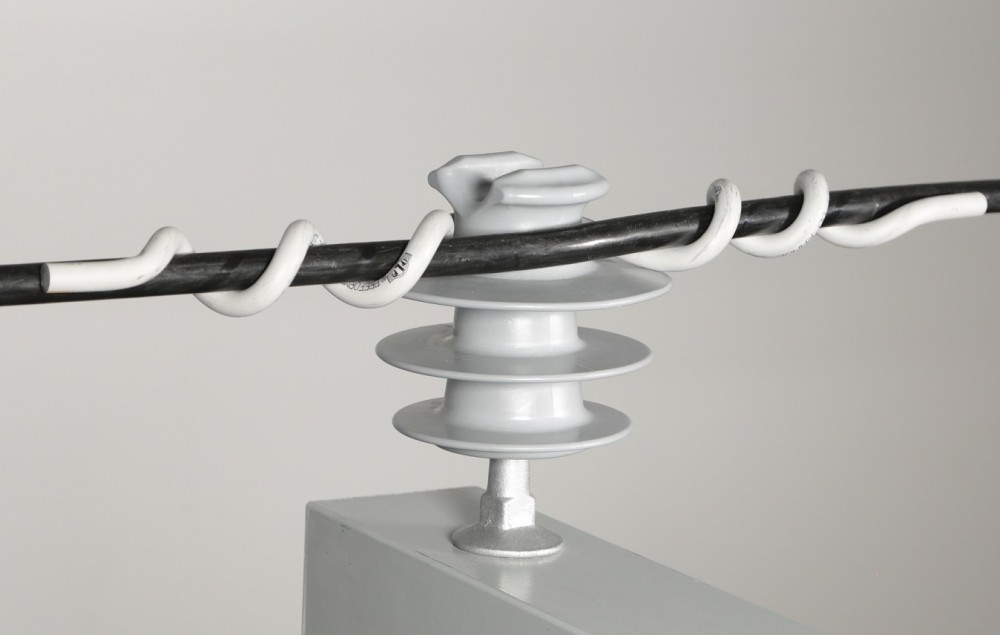
A side tie is a specialized fastening mechanism used to hold conductors to insulators mounted on pole crossarms. Side ties wrap around the insulator’s sides, providing lateral support and stability. This procedure is critical for maintaining the conductor’s position and ensuring its stability. Side ties transfer mechanical loads exerted by the conductor across the insulator in high tension lines. They also allow for some conductor movement while expanding and contracting. They originate from materials including aluminum-clad steel, galvanized steel, and synthetics. Preformed side ties, hand-tied side ties, vortex-resistant ties, and armor rods with side ties are all common forms. They play a crucial role in ensuring the mechanical integrity of the electric grid.
Side tie Design
Shape, material, and installation techniques are all factors to consider when designing side ties. All these variables should contribute to the overhead transmission cables’ lifetime and reliability. The following are the different design elements of the side ties.
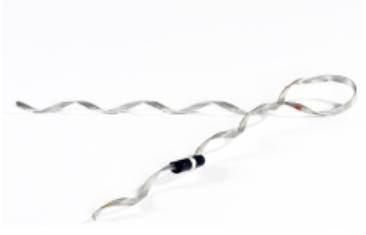
- Material selection – the material used for the side tie determines the performance. Common materials include aluminum-clad steel, galvanized steel, copper or synthetic materials. Each of these materials provides specific properties necessary for side tie performance.
- Shape and configuration – the various configurations include helical designs, flat shaped or eyelet. These designs aid in ensuring the proper fit of the side ties to the conductors. They also allow for quick and reliable side tie installation.
- Installation techniques – side tie installation may include use of preformed side ties, hand-tied and tensioning tools.
- Flexibility and movement – the design must accommodate thermal expansion and contraction of conductors.
- Electrical isolation – they should ensure electrical isolation of the conductor from the support structure to prevent leakage currents.
- Mechanical strength – side ties must provide mechanical strength to hold the conductor against dynamic forces.
Performance features of a side tie
The effectiveness of side ties in maintaining the integrity of transmission lines depends on their performance characteristics. Properly selecting side ties can also improve the stability and durability of the systems. The following are some of the most common performance characteristics of side ties.
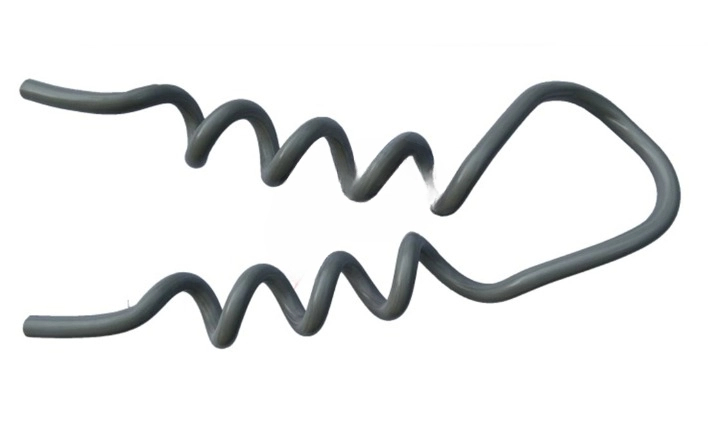
- Electrical performance – side ties need to maintain proper electrical insulation between the conductor and the support structure. This helps to prevent electrical faults and reduce energy loss due to leakage currents. Their designs should reduce electrical discharge at high voltages to reduce corona effects.
- Environmental resistance – the side ties should be from materials that are resistant to corrosion. This helps to ensure long-term functionality. They should also be able to resist UV radiation to prevent degradation. The ties must be able to withstand temperature variations without changes in mechanical properties.
- Mechanical strength – the side ties must have enough tensile strength to withstand the forces exerted by the conductor. This includes the ability to support the weight of the conductor and any extra loads from wind, ice and snow. They should have shear strength to resist the forces that could cause conductor slippage.
- Compatibility and customization – side ties need to be compatible with a range of conductor sizes and insulator types. Availability of customization options could help meet the specific requirements of the application.
- Flexibility and adaptability – side ties should allow some movement of the conductor. This is to accommodate thermal expansion and contraction. They should also dampen vibrations caused by wind or other forces to reduce the risk of conductor damage.
- Load distribution – side ties should distribute the mechanical loads across the conductor and insulator. This is to prevent localized stress that could lead to damage or failure.
Materials and Qualities for Side Ties
Side ties comprise of a variety of materials, which are critical to their effectiveness as fasteners. Material selection influences durability, strength, and resistance to environmental variables. Each of these materials has distinct advantages that make it appropriate for various purposes. Additionally, good material selection can improve the lifetime and dependability of transmission systems. The following are the most frequent materials used for side ties.
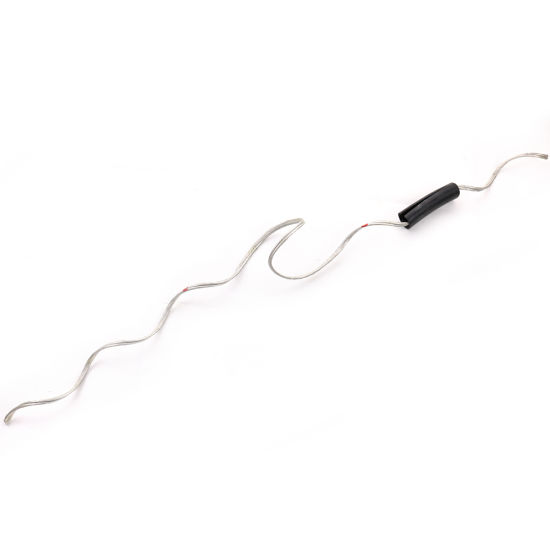
- Galvanized steel – this is steel coated with a layer of zinc to prevent rusting and provide mechanical strength. This is cost-effective compared to other materials like aluminum and copper. It offers good strength-to-weight ratio and good corrosion resistance.
- Copper – this material offers excellent electrical conductivity, good mechanical strength and corrosion resistance. It is highly recyclable which makes it environmental friendly.
- Aluminum clad steel – this combines the high strength of steel with the corrosion resistance of aluminum. It is strong and lightweight which makes it suitable for high tension applications. Aluminum-clad steel offers a balance between mechanical strength and weight.
- Aluminum alloy – this is a lightweight and corrosion resistant material. It provides a good balance of strength and ductility. It helps to reduce the load on the support structure and is easy to handle and install.
- Phosphor bronze – this is an alloy of copper, tin and phosphorus which provides good strength and resistance to wear and corrosion. They are resistant to fatigue, provide electrical conductivity and resistant to atmospheric corrosion.
- Synthetic materials – this includes materials such as high-density polyethylene, nylon and composite materials. They are resistant to UV radiation, moisture and chemicals. They are also lightweight, flexible, corrosion resistant and non-conductive.
- Stainless steel – these contain chromium which provides excellent corrosion resistance and high strength. Stainless steel side ties are long-lasting and maintain mechanical integrity.
Industry developments and improvements for side ties.
The designs and materials used for side ties in overhead transmission lines are constantly developing to meet new needs. New improvements stem from the demand for increased dependability, efficiency, and sustainability. Taking advantage of new materials, smart technologies, and inventive designs helps to improve the performance of the side ties. Also, the advances ensure that transmission lines can endure the demands of modern power systems and climatic circumstances. The following are the most recent developments and updates for side ties in the industry.
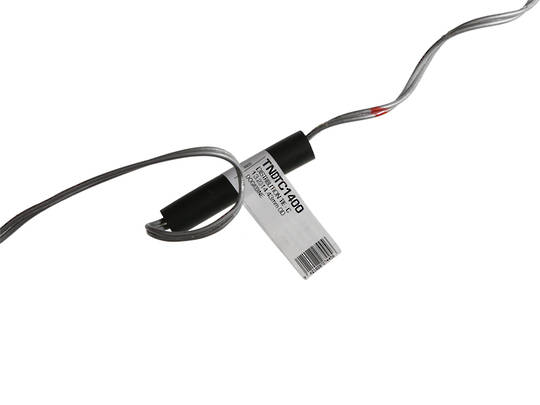
- Enhanced design and engineering – this includes preformed side ties, aerodynamic profiles, modular and adjustable designs. These designs ensure uniform load distribution and ease of installation. They also help to reduce the risk of conductor fatigue and potential line failures.
- Smart and monitoring capabilities – this is the incorporation of sensors within side ties. They aid in watching mechanical load, temperature and corrosion in real time. It also includes the introduction of side ties with self-adjusting mechanisms. These mechanisms respond to changes in environmental conditions. This allows operators to provide detect issues early and prevent line failures. The mechanisms also help maintain consistent tension and positioning of conductors.
- Improved installation techniques – these include tool-less installation and automated installation equipment. Tool-less installation reduces labor time and costs to simplify the installation process. Automation improves safety and ensures consistent application of ties which reduces human error.
- Advanced materials – use of advanced high strength aluminum and steel alloys offer mechanical properties without weight increase. These materials provide improved tensile and shear strength. This allows for better performance under high tension conditions. Corrosion resistant coatings enhance corrosion resistance beyond traditional galvanization.
Challenges and concerns with the use of side ties
Side ties are critical components for connecting conductors and insulators on transmission lines. They continue to encounter some obstacles and issues that have an impact on their performance and reliability. Addressing these difficulties requires a combination of sophisticated materials, innovative designs, and effective maintenance procedures. Additionally, focusing on these regions can increase the performance and endurance of the side ties, resulting in a more efficient electrical grid. The following are the primary obstacles and issues associated with the use of side ties.
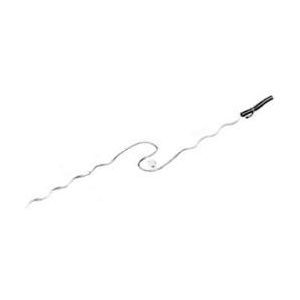
- Corrosion and environmental degradation – side ties face harsh environmental conditions. This is including moisture, pollution and UV radiation. Use of corrosion-resistant materials can prevent corrosion that weaken the ties.
- Electrical performance issues – side ties must provide electrical insulation and resist corona and radio interference. Use of non-conductive materials aid in maintaining electrical isolation under various environmental conditions. Designing side ties with smooth profiles and materials reduce corona formation.
- Installation and maintenance challenges – some side ties designs need complex installation procedures that can lead to errors. Reaching high or remote transmission lines for installation can also pose a challenge.
- Mechanical stress and fatigue – side ties face dynamic loads and tension variability on overhead transmission lines. The main challenge is to ensure the side ties can withstand repeated loading cycles without failure. It also includes designing ties that can maintain secure connections despite fluctuations in tension.
Frequently asked questions
Key considerations include mechanical strength, flexibility, resistance to environmental factors and ease of installation.
Common materials for side ties include aluminum-clad steel, galvanized steel and copper. They also include aluminum alloy, stainless steel, synthetic materials and phosphor bronze.
Side ties have designs to absorb and dissipate mechanical stress from dynamic loads such as wind and thermal expansion. They use high strength materials and flexible designs to withstand repeated loading cycles.
